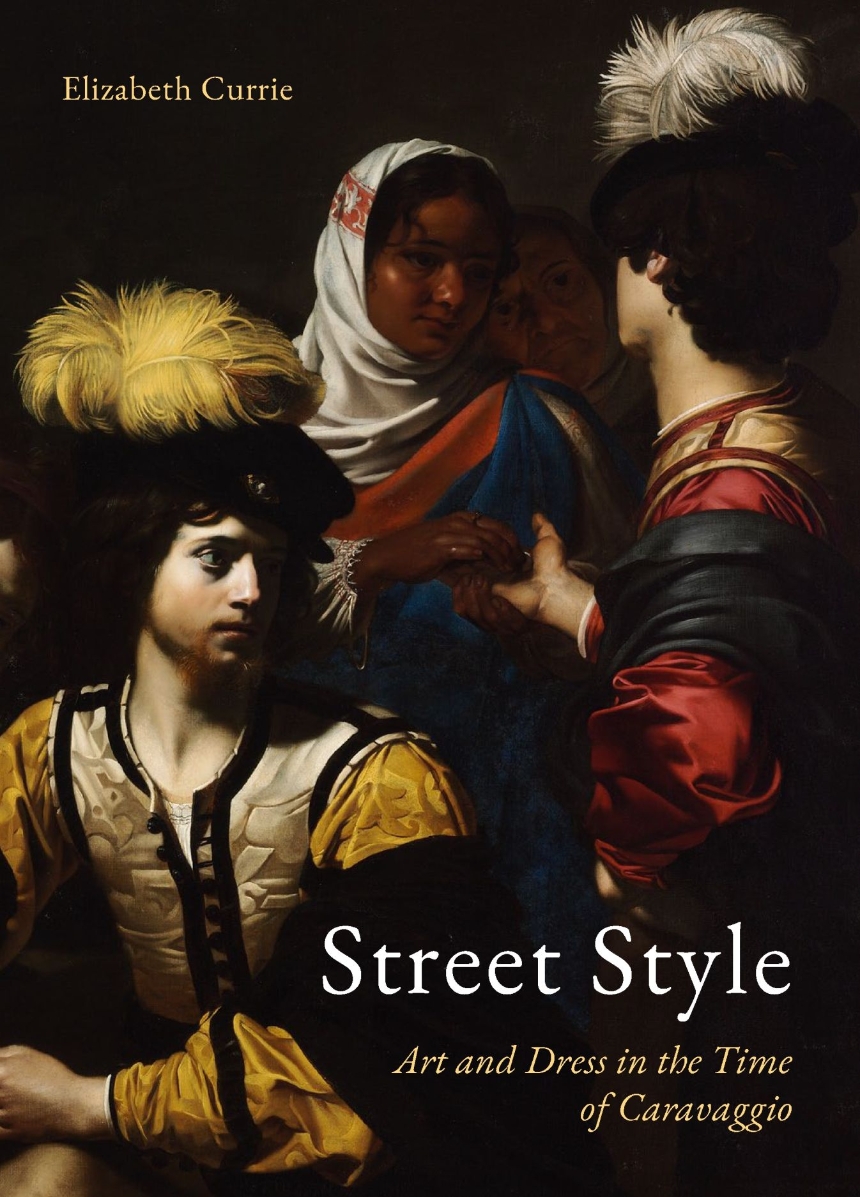A revealing portrait of class relations during the Italian Renaissance explored through the artistic representations of clothing.
In late sixteenth-century Rome, artists found inspiration in bustling streets and taverns, depicting soldiers, Romani fortune tellers, sex workers, and servants among the city’s poorest inhabitants. Street Style explores these hidden lives, uncovering how the stories of ordinary people are preserved through their clothing and appearances in art. Written records highlight the harsh conditions faced by marginalized groups, while prints and paintings often promoted visual stereotypes. With fresh interpretations of notable works by Caravaggio and his followers, this book reveals the complex social meanings of dress and the ways art captured and shaped the real-life struggles of early modern Italy’s lower classes.
In late sixteenth-century Rome, artists found inspiration in bustling streets and taverns, depicting soldiers, Romani fortune tellers, sex workers, and servants among the city’s poorest inhabitants. Street Style explores these hidden lives, uncovering how the stories of ordinary people are preserved through their clothing and appearances in art. Written records highlight the harsh conditions faced by marginalized groups, while prints and paintings often promoted visual stereotypes. With fresh interpretations of notable works by Caravaggio and his followers, this book reveals the complex social meanings of dress and the ways art captured and shaped the real-life struggles of early modern Italy’s lower classes.
200 pages | 85 color plates, 15 halftones | 6.61 x 9.21 | © 2025
Art: European Art
History: European History
Reviews
Table of Contents
Preface
Introduction: The Art of Everyday Life
Chapter 1. Rogues and Rascals: Cutting a Dash
Chapter 2. Romani Dress: Assimilation and Segregation
Chapter 3. Sex Workers and the Price of Visibility
Chapter 4. Servants, Servitude and Vicarious Display
Chapter 5. The Poor and the Ends of the Clothing Cycle
Conclusion
References
Select Bibliography
Acknowledgements
Photo Acknowledgements
Index
Introduction: The Art of Everyday Life
Chapter 1. Rogues and Rascals: Cutting a Dash
Chapter 2. Romani Dress: Assimilation and Segregation
Chapter 3. Sex Workers and the Price of Visibility
Chapter 4. Servants, Servitude and Vicarious Display
Chapter 5. The Poor and the Ends of the Clothing Cycle
Conclusion
References
Select Bibliography
Acknowledgements
Photo Acknowledgements
Index

